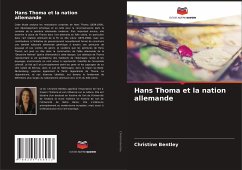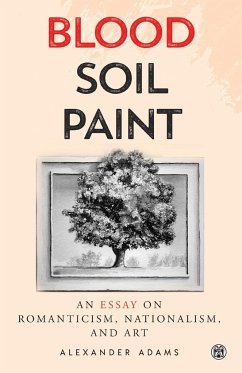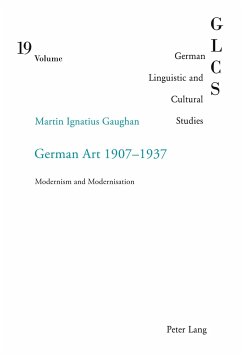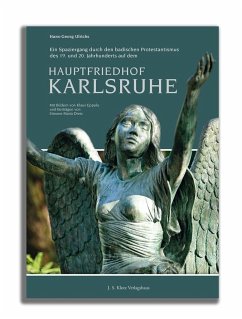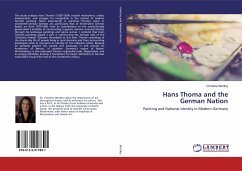
Hans Thoma and the German Nation
Painting and National Identity in Modern Germany
Versandkostenfrei!
Versandfertig in 6-10 Tagen
51,99 €
inkl. MwSt.

PAYBACK Punkte
26 °P sammeln!
This study analyzes Hans Thoma's (1839-1924) creative motivations, artistic development, and struggle for recognition in the context of modern German painting. More importantly, it examines Thoma's place in nineteenth-century German art, particularly that of fin-de-siècle German Realist art from 1870-1900, with its contributions to the newly-formed government's initiative of constructing a generic German national identity through his landscape paintings and genre scenes. I contend that Hans Thoma's paintings played a part in constructing the German idea of the 'Deutsche Heimat' [German Homela...
This study analyzes Hans Thoma's (1839-1924) creative motivations, artistic development, and struggle for recognition in the context of modern German painting. More importantly, it examines Thoma's place in nineteenth-century German art, particularly that of fin-de-siècle German Realist art from 1870-1900, with its contributions to the newly-formed government's initiative of constructing a generic German national identity through his landscape paintings and genre scenes. I contend that Hans Thoma's paintings played a part in constructing the German idea of the 'Deutsche Heimat' [German Homeland] at this time. Thoma's paintings of the day-to-day life of people living in rural Germany and their surrounding landscapes came to represent an identity of the collective whole. Because he primarily painted the people and landscape in and around his hometown of Bernau, in southern Germany's region of Baden-Württemberg, it also expressed Thoma's regionalist pride. Regionalism, and its varying identities, became a foundation for larger definitions of German nationalism toward the end of the nineteenth century.



